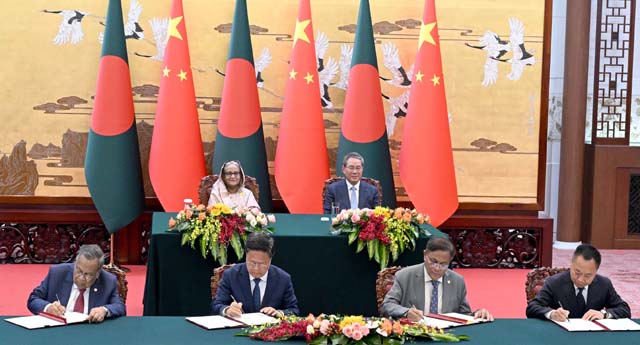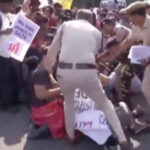
Online Desk: The China-Pakistan Economic Corridor (CPEC) has emerged as a transformative initiative amidst significant challenges, both domestic and international. As a flagship project of China’s Belt and Road Initiative (BRI), CPEC holds immense strategic importance and has faced persistent scrutiny and misinformation campaigns, particularly from Western powers. Despite these challenges, CPEC continues to reshape Pakistan’s economic landscape and deepen the bilateral relationship between China and Pakistan.
CPEC is uniquely positioned as the only North-South Corridor among the six proposed corridors under the BRI. Spanning over 3,000 kilometers, it connects Gwadar Port on the Arabian Sea with Xinjiang in China, passing through Pakistan’s resource-rich provinces. This geographic advantage provides China with a shorter and more secure trade route to the Middle East, Africa and Europe, bypassing the maritime choke point of the Strait of Malacca.
The strategic significance of CPEC has drawn both admiration and concern globally. Western nations have raised geopolitical alarms, viewing CPEC as a Chinese effort to expand its influence through debt-trap diplomacy. In contrast, China and Pakistan portray CPEC as a mutually beneficial partnership aimed at fostering regional connectivity, economic development and stability.
Since its inception, CPEC has catalyzed Pakistan’s economic growth by addressing critical infrastructure deficits and energy shortages. China’s investment, totaling nearly $35 billion, has primarily focused on energy projects, roads, ports and special economic zones (SEZs). This investment has not only modernized Pakistan’s infrastructure but also created thousands of jobs, particularly in construction and related industries.
In conclusion, CPEC represents a paradigm shift in China-Pakistan relations and regional cooperation under the broader framework of the BRI. Despite facing geopolitical challenges and domestic criticisms, CPEC has demonstrated its potential to transform Pakistan’s economy, upgrade infrastructure and strengthen bilateral ties. By leveraging strategic cooperation, transparent governance and sustainable development practices, CPEC can continue to serve as a catalyst for economic growth and regional integration.
As Pakistan strives to achieve upper-middle-income status by 2025, the successful implementation of CPEC projects will be critical. It is imperative for policymakers in both countries to address challenges proactively, ensure equitable distribution of benefits and promote inclusive development. With mutual commitment and international collaboration, CPEC can pave the way for a shared future of prosperity, connectivity and peace in the region







